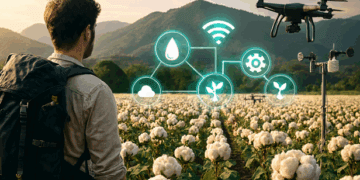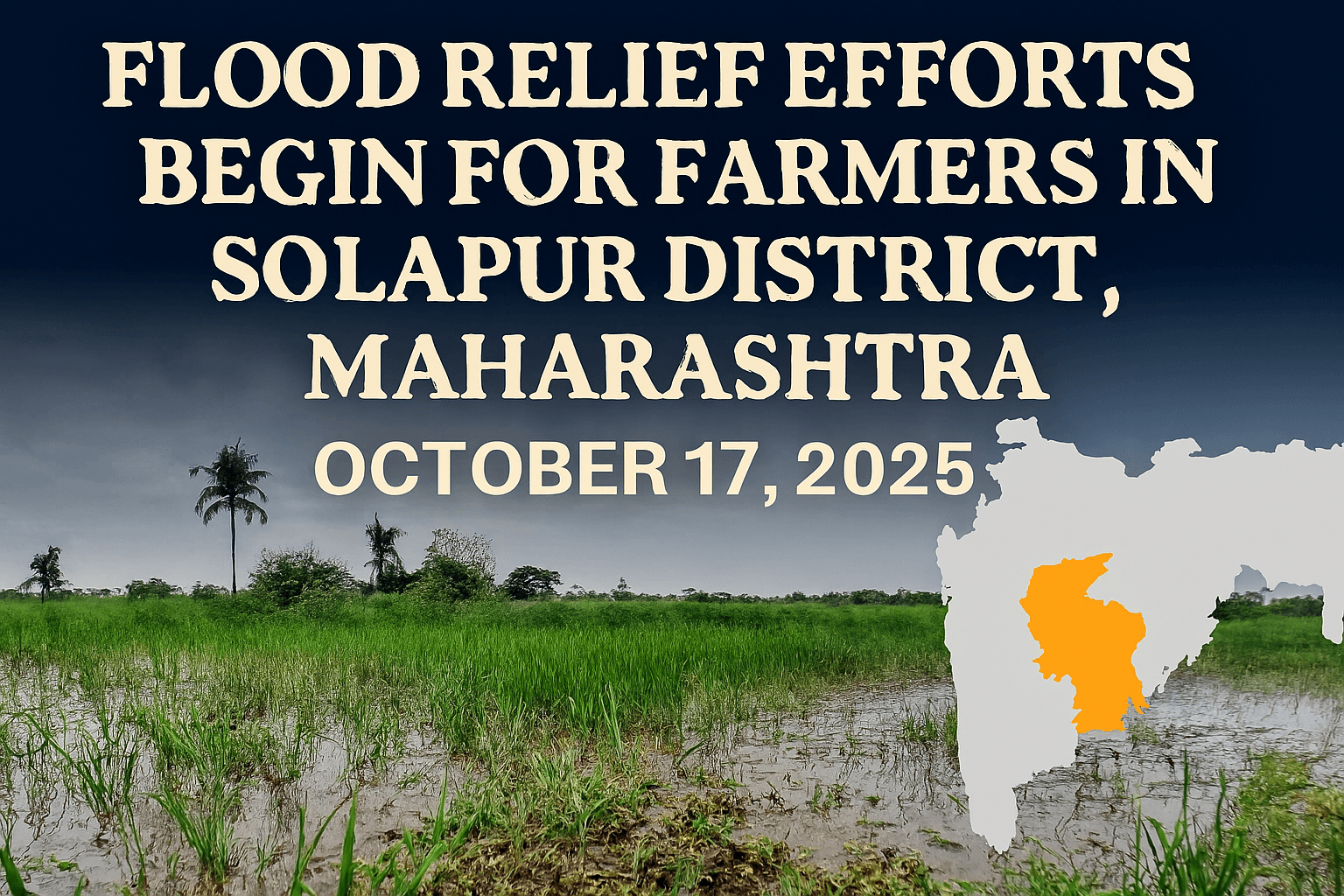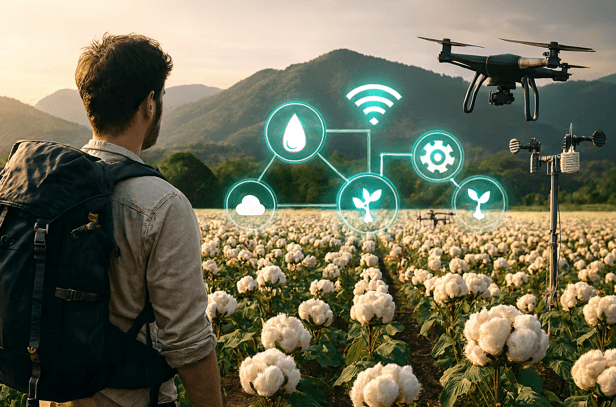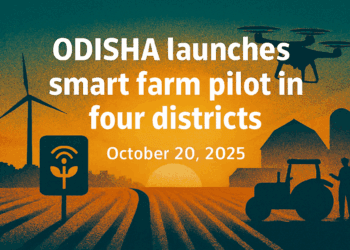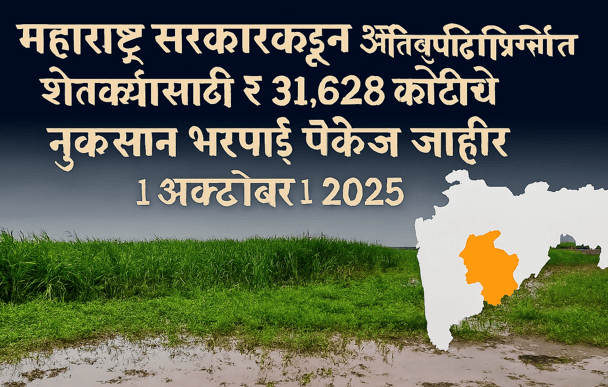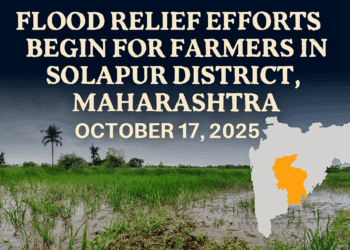Introduction
In 2025, Maharashtra’s agricultural landscape is undergoing a digital revolution like Smart Farming. With the integration of Artificial Intelligence (AI), Internet of Things (IoT), and mobile applications, farmers are now empowered with tools that enhance productivity, reduce risks, and improve decision-making. This article explores how smart farming is reshaping agriculture in Maharashtra, the technologies driving this change, and the real-world impact on farmers.
What Is Smart Farming?
Smart farming refers to the use of modern technologies like sensors, drones, AI algorithms, and mobile apps to optimize agricultural operations. It enables data-driven decisions, precision farming, and real-time monitoring of crops, soil, and weather conditions.
Key Technologies Driving Smart Farming in Maharashtra
1. Artificial Intelligence (AI)
AI is helping farmers analyze soil health, predict crop yields, and detect diseases early. Tools like Google Gemini and ChatGPT are being used to answer farming queries in Marathi, making tech accessible to rural communities.
2. Internet of Things (IoT)
IoT devices such as soil moisture sensors, weather stations, and GPS-enabled tractors are now common in progressive farms. These devices collect real-time data and send alerts to farmers via mobile apps.
3. Mobile Applications
Apps like Kisan Suvidha, Agri App, and Farm Rise offer localized weather forecasts, mandi prices, pest alerts, and government scheme updates. In 2025, over 70% of farmers in Maharashtra use at least one agri-tech app daily.
H3: 4. Drones and Satellite Imaging Drones are used for crop spraying, field mapping, and surveillance. Satellite data helps in large-scale crop monitoring and disaster prediction, especially during monsoon floods.
Smart Farming Technologies and Their Benefits
| Technology | Application in Farming | Benefits |
|---|---|---|
| Artificial Intelligence (AI) | Crop prediction, disease detection, Marathi chatbot support | Improved decision-making, early alerts, localized guidance |
| Internet of Things (IoT) | Soil sensors, weather stations, smart irrigation | Real-time monitoring, reduced water usage, better crop health |
| Mobile Applications | Weather updates, mandi prices, scheme tracking | Instant access to info, increased transparency, better planning |
| Drones | Crop spraying, field mapping, surveillance | Efficient resource use, reduced labor, faster coverage |
| Satellite Imaging | Large-scale crop monitoring, disaster prediction | Macro-level insights, early warnings, policy support |
Benefits of Smart Farming for Maharashtra Farmers
1. Improved Crop Yields
Precision farming techniques ensure optimal use of fertilizers and water, leading to higher yields and better quality produce.
2. Reduced Input Costs
Smart irrigation systems and AI-based pest control reduce wastage and unnecessary expenses.
3. Real-Time Decision Making
Farmers receive instant alerts about weather changes, pest outbreaks, and market trends, allowing them to act quickly.
4. Access to Government Schemes
Mobile apps now integrate with PM-Kisan, crop insurance, and subsidy portals, making it easier for farmers to apply and track benefits.
Case Study: Smart Onion Farming in Nashik
In Nashik, onion farmers have adopted IoT sensors to monitor soil moisture and temperature. With AI-based crop prediction models, they now plan sowing and harvesting schedules more accurately. Result: a 20% increase in yield and 15% reduction in water usage.
Challenges in Adoption
1. Digital Literacy
Many farmers still struggle with using smartphones and apps. Training programs in Marathi are essential.
2. Connectivity Issues
Remote villages face internet and network problems, limiting access to real-time data.
3. Cost of Technology
Initial investment in sensors, drones, and smart devices can be high. Government subsidies and cooperative models are helping bridge this gap.
Government Initiatives Supporting Smart Farming
- MahaAgriTech Mission: A state-level initiative to promote AI and IoT in agriculture.
- Digital Krishi Kendras: Centers offering training and tech support to farmers.
- Subsidies for Smart Devices: Up to 50% subsidy on soil sensors and weather stations.
Future Outlook
By 2030, smart farming is expected to be the norm across Maharashtra. With increasing smartphone penetration, affordable tech, and supportive policies, even small and marginal farmers will benefit from this digital transformation.
Conclusion
Smart farming is not just a trend — it’s a necessity for sustainable agriculture in Maharashtra. With AI, IoT, and mobile apps, farmers are becoming tech-savvy entrepreneurs. The journey ahead promises higher productivity, better income, and a resilient farming ecosystem.
